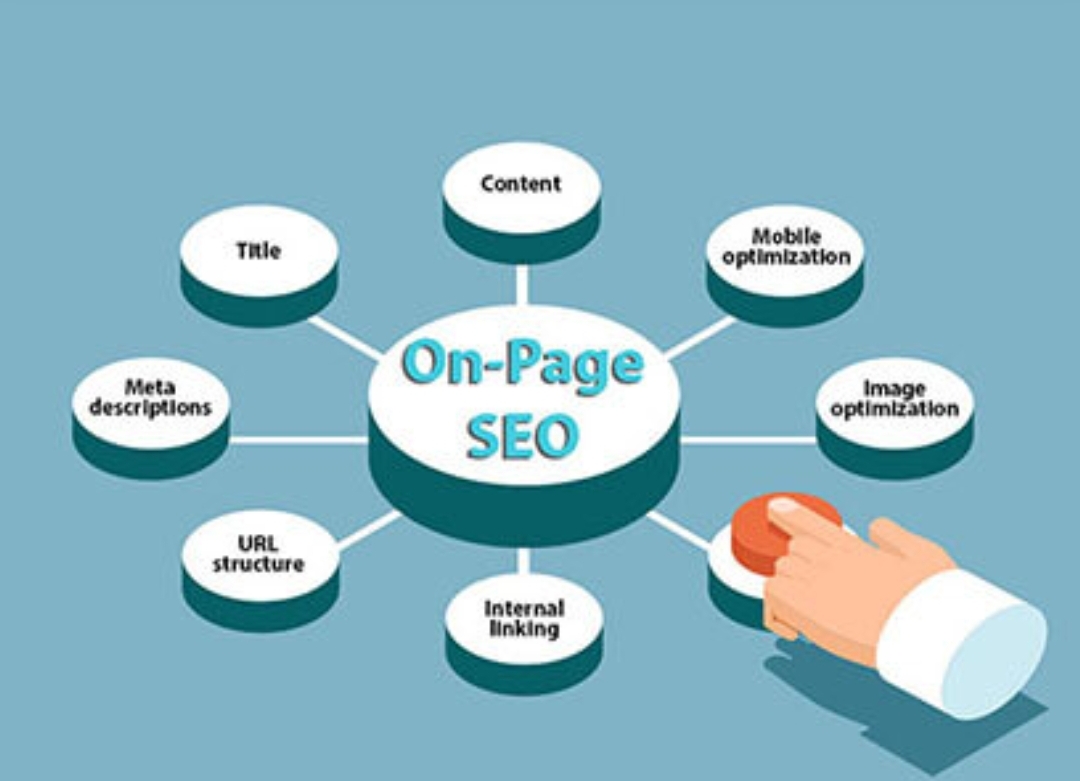On-page SEO refers to website optimisations that impact how your individual webpages rank in the search engines. While off-page SEO tactics like link building are crucial for SEO success, you can’t neglect optimising your actual pages. On-page signals like your content, website speed, site structure, and more have an immense influence over how Google and other search engines view and rank your pages.
In this on-page SEO guide for beginners, we’ll explore key page elements to optimise step-by-step and actionable tips to improve your rankings. As you delve into optimising your website, partnering with a reputable website design agency in Sydney can streamline your efforts and help you achieve better results. Let’s dive in!
Choose SEO-Friendly URLs
The URLs of your web pages act as internal links that enable users (and search engines) to navigate your site hierarchy. Though humans don’t recognise most URLs, search engines analyse URL structure when crawling your pages.
Some best practices for creating SEO-friendly URLs include:
- Use brief but descriptive URLs. For example, “mywebsite.com/blue-suede-shoes” is better for an eCommerce product page than “mywebsite.com /? id = 8473 & category = shoes”.
- Avoid excessive URL parameters when possible. Parameters like “?,” “&,” and “=” can clutter URLs.
- Separate words in multi-word URLs with dashes (-) instead of underscores (_) or spaces.
- Structure URLs to match your site’s information architecture. Your page URLs should reflect the page hierarchy.
Enhance Page Titles
A title tag tells users and search engines the topic of a specific page. The title tag appears prominently in search engine results pages (SERPs), so an optimised title can improve click-through rates.
Professional SEO Services in Sydney advise that effective title tags:
- Appear in the <title> HTML tag of a web page
- Concisely describe the page topic (no more than 60 characters)
- Include primary keywords naturally
- Entice searchers to click
For instance, a page on an accounting firm that offers small business bookkeeping services could use a title like “Affordable Small Business Bookkeeping Services | [Firm Name]”.
Include Target Keywords in Page Content
The content of your web pages provides search engines the clearest signal into what each page covers. As such, you should incorporate related keywords within your body content naturally.
Tips for optimising page content include:
- Conduct keyword research to identify terms and phrases to target
- Use keywords in page introductions and summaries
- Include keywords in subheadings using proper HTML tags
- Implement keywords in image filenames and ALT attributes
- Embed keywords within link anchor text
- Mention keywords a few times without over-optimising
Just be wary of “keyword stuffing,” or unnaturally packing content with keywords. Write for visitors first while working in optimisation best practices.
Optimise Images Properly
Images often appear in search results and help users determine if a page meets their needs. Properly optimised images also provide additional opportunities for keyword targeting.
Essential image optimisation components:
- Informative file names with target keywords (e.g. best-small-business-accounting-software.jpg)
- ALT text descriptions with target phrase(s)
- Title tags with descriptive captions
- Size images appropriately without impacting site speed
Enhancing images boosts not only SEO but also site accessibility and user experience, making them key considerations for any website design agency in Sydney looking to maximise the impact of their clients’ online presence.
Implement Metadata Descriptions
Meta descriptions provide searchers with snippet summaries of what a page covers. They don’t directly influence rankings but may impact click-through rates.
Compose compelling meta descriptions following these guidelines:
- Use an accurate, appealing 155-160 character summary
- Incorporate keywords naturally
- Write an interesting “ad” for your content
- Add a call to action toward the end
For example: “As a top-rated small business bookkeeping firm, we offer monthly financial reporting services to simplify cash flow monitoring. View our affordable packages now.”
Enhance Site Navigation
Clear, well-organised site architecture and navigation empower visitors to easily find what they need on your website. Strong internal linking also helps search bots index your site and identify page relevance.
Best practices include:
- Create logical, multi-tier site maps
- Use descriptive categories and labels throughout
- Link related content together using relevant anchor text
- Check for broken internal links causing 404 errors
- Implement breadcrumb navigation
Optimise Site Speed
Slow page loading times lead to poor user experience and may negatively impact SEO rankings. Factors like page size, image optimization, caching, a content delivery network (CDN), and more influence site speed. Test your website’s speed using Google PageSpeed or WebPageTest, then address detected issues. Faster sites engage visitors longer and tend to perform better in search, which is crucial for businesses offering SEO services in Sydney to ensure their clients’ websites are optimized for speed and user experience.
The On-Page Opportunity
When you hear about the intricacies of SEO, on-page optimisation is just the start. Though off-page factors like backlink building hold lots of ranking power too, strong on-page SEO should lay the foundation for SERP success.
Now that you know the basics, it’s time to put these on-page tips into practice across your website. Need more guidance crafting an optimised, search-friendly site? Reach out to discuss tailored SEO solutions for your business.

